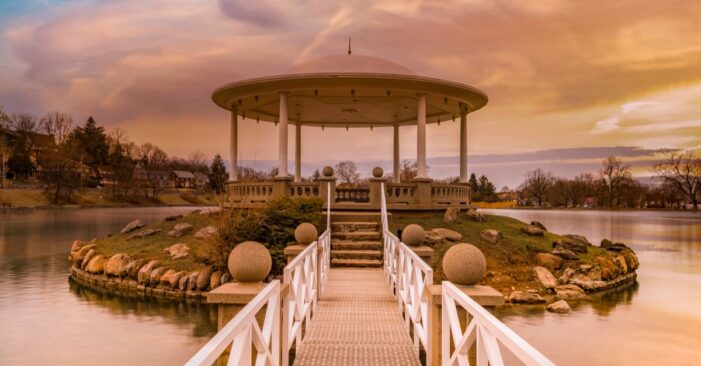By Sid Hill, The Nation
As Tadodaho of the Onondaga Nation, joy is not a word I have often used in discussing our government-to-government dealings with the United States and New York State, with whom we have had a contentious, sometimes violent, relationship since the first Europeans arrived on our land more than 400 years ago.
But it is with great joy that we welcome an agreement this week with those governments for the return of more than 1,000 acres of ancestral, treaty-guaranteed land in and around Onondaga Creek to our sovereign stewardship. This represents the largest giveback of Indigenous land in the history of New York—and one of the largest in the United States.
Onondaga Creek, which flows northward from Fellows Falls through Tully Valley to Onondaga Lake in modern-day Syracuse, was the headwaters of the ecosystem that sustained our nation through millennia long before the Europeans arrived.
It is where we fished for brook trout that thrived in its cold waters, and drew sustenance from traditional medicines in the surrounding forests and fields; home to wildlife such as great blue heron, songbirds, waterfowl, hawks, bald eagles, frogs, bats, and other mammals, including white-tailed deer.
And unlike the downstream sections of Onondaga Creek, which have been severely polluted by more than a century of salt mining and chemical extraction that has left them running brown and marked by mudboils, the headwaters of Onondaga Creek that are contained in these 1,000 acres remain relatively clean even today.
The giveback is an opportunity to apply traditional ecological knowledge to renew our stewardship obligations to restore these lands and waters and to preserve them for the future generations yet to come.
Onondaga Lake is more than just a body of water where we traditionally fished and drew other sustenance. It is the cultural linchpin of our very existence—where 1,000 years ago, the Great Peacemaker brought together five warring nations to seal a compact joining together in common cause. Those five nations—the Mohawk, Cayuga, Onondaga, Oneida, and Seneca—were later joined by the Tuscarora to form what is now the Six Nation Haudenosaunee Confederacy, which Americans and Canadians called the Iroquois.
Our confederacy has survived and thrived throughout that millennium, including after the arrival of the first Europeans who tried to remove us from our land or oppress us out of existence.
Those settlers finally and formally recognized our sovereignty over our land in one of the very first treaties the new American government made, the 1794 Treaty of Canandaigua, signed on behalf of the Americans by George Washington.
It was that same George Washington who, during the American War for Independence, sent troops to destroy our villages and fields because we chose not to get involved in their war against Great Britain—which we viewed as a fight between a father and a son. It is why to this day we’ve called every American president Hanadagáyas—destroyer of villages.
It should come as no surprise that the Americans, especially those within New York State, showed little respect for the words of that treaty over the last 230 years, illegally seizing land from within that treaty footprint from each of the six nations as it fit their interests.

